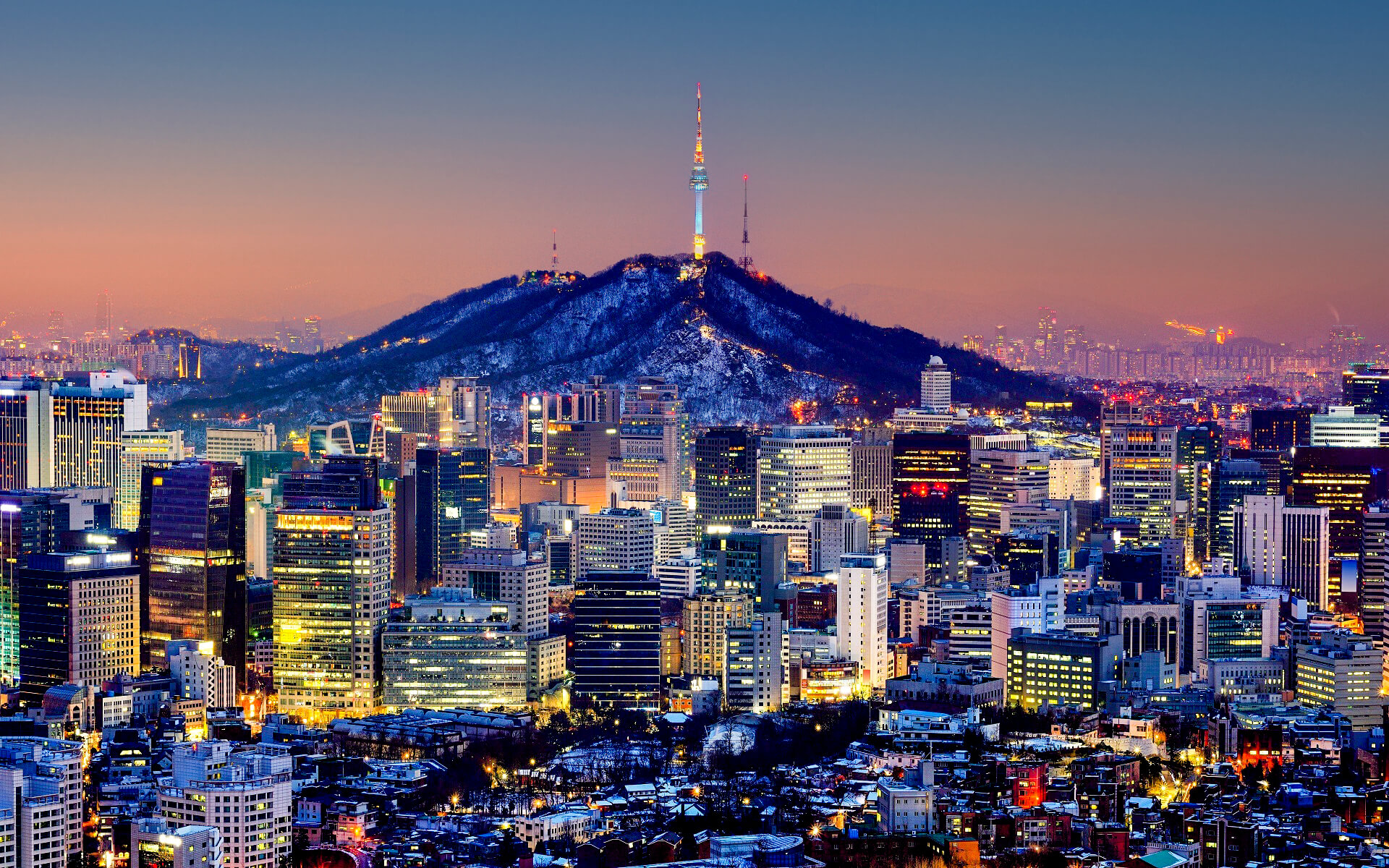[lwptoc]
Seoul is South Korea’s capital. Seoul is by far South Korea’s biggest city and one of East Asia’s financial and cultural epicenters, with a municipal population of over 10.5 million and a metropolitan population of over 20.5 million.
Seoul, located on the Han River, has a history that dates back more than two thousand years, when it was built in 18 BCE by Baekje, one of Korea’s Three Kingdoms. During the Joseon Dynasty, it remained the capital of Korea. Changdeok Palace, Hwaseong Fortress, Jongmyo Shrine, Namhansanseong, and the Royal Tombs of the Joseon Dynasty are all UNESCO World Heritage Sites in the Seoul Capital Area.
Today, Seoul is regarded as a leading and emerging global metropolis as a consequence of the Miracle on the Han River, which converted it into the world’s fourth biggest metropolitan economy with a GDP of US$845.9 billion in 2014, behind only Tokyo, New York City, and Los Angeles.
Seoul is a fascinating blend of ancient traditions and cutting-edge digital technology, with endless street food vendors and vast nightlife districts, an extraordinarily high-pressure educational system and serene Buddhist temples, a dynamic trend-setting youth culture and often crushing conformism, extraordinary architecture and endless monotonous rows of grey apartment buildings.
Seoul hosted the Asian Games in 1986, the Summer Olympics in 1988, the FIFA World Cup in 2002, the Miss Universe pageant in 1980, and the G-20 Seoul meeting in 2010. Seoul, a UNESCO City of Design, was crowned World Design Capital in 2010.


